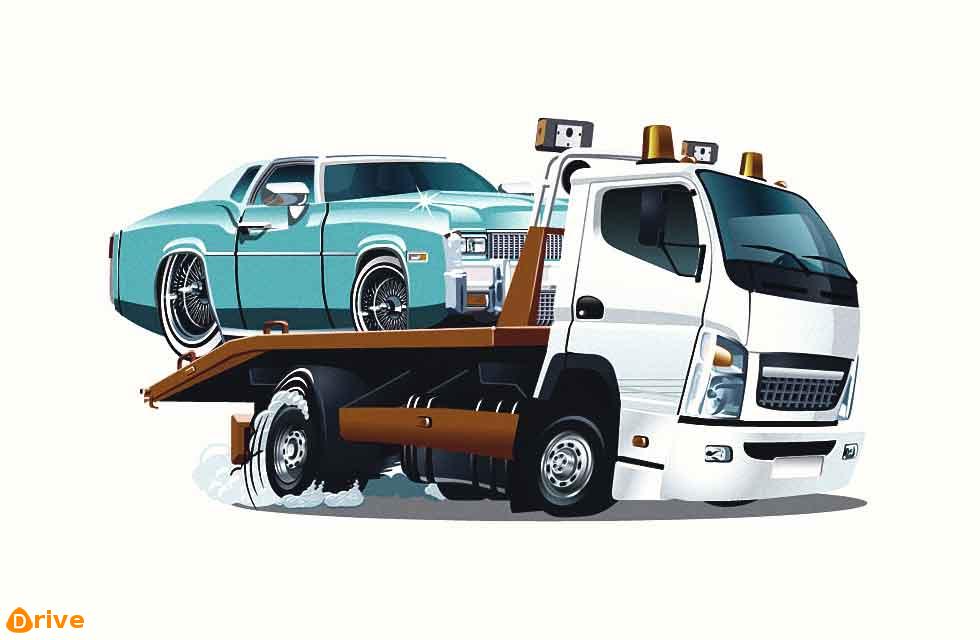Your old car doesn’t go, but it has to be somewhere else. Maybe it needs to move from one restoration venue to the next. Maybe you’ve just bought it and you need to get it home.
Or maybe the transport requirement is sudden and unplanned. You were out on the road, enjoying your classic car. It is now failing to proceed and a roadside fix isn’t an option. It’s recovery time.

If you’re signed up with a roadside recovery service, all you really need is a mobile phone, some signal and a number to call. A low-loader will arrive, on your car will be winched, and off it goes to where it needs to be. You will have watched the loading process like a hawk, ensuring the winch cable is attached to something suitably strong and will not snag anything fragile – a numberplate, for example – as tension is taken up. That means a subframe, a suspension arm near a strong pivot, a crossmember or a built-in towing eye if the car is recent enough to have one.
Watch the next part closely, because it dictates how well your car will stay attached to the truck’s flatbed. Most likely it will involve strong straps of webbing, hooked to the truck, looped around the top half of a wheel and hooked again to the truck at the other end. A ratchet system, through which the webbing is threaded, then tightens the strap. Doing this with one front and the opposite rear wheel is usually sufficient, but if the journey includes much uneven terrain then a strap per wheel is better. Apply the handbrake and leave the car in gear, of course.
Or you might be able to borrow or rent a trailer and tow car. The trailer will have a very short wheelbase to enable it to turn tidily, over which which your immobile car will overlap considerably. Your load needs to bear on the trailer’s wheels fairly evenly; any bias should be towards the towing- vehicle end so the tail doesn’t wag the dog. So, ideally, load the car engine-end first. All the above advice about winching and tie-down straps applies; practise the straps’ operation before you need them.
Finally, when manoeuvring a trailer prior to hitching it to the tow-car, don’t run over your toes with the nose wheel. It hurts, but the toenails grow back eventually.





